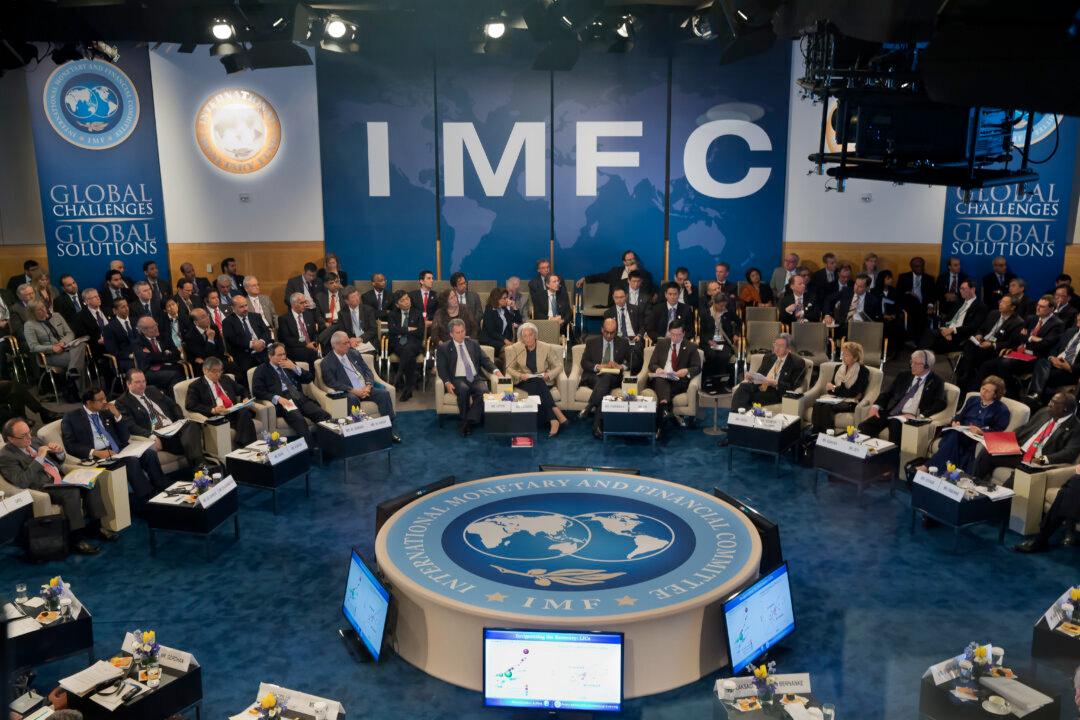Epoch Times has correctly predicted the IMF would include China in the basket for its international reserve currency. Now that the procedure is over, it’s time to have a look into what this basket is, how it works, and whether anybody actually uses it.
First off, the basket is called Special Drawing Right (SDR). It is the IMF’s money and unit of account. The IMF prepares its financial statements in units of SDRs.
As of Dec. 1, we know it’s made up of the U.S. dollar (41.73 percent weight), the euro (30.93 percent), the pound sterling (8.09 percent), the Japanese yen (8.33 percent), and finally the Chinese renminbi (10.92 percent weight). Although, the renminbi will only be effectively included Oct. 1, 2016.
Nothing in It
Here is the most important misunderstanding: Many people believe the SDR actually contains these currencies, just like a real basket has eggs in it. The SDR basket doesn’t have any notes or coins in it.
Although the IMF created 204.1 billion SDRs (worth around $285 billion) and allocated it to its member countries, the money behind the SDRs actually doesn’t exist—hence the name Special Drawing Right.
By holding one SDR, a member has the “right” to “draw” upon the IMF to be paid the equivalent value in one or all of the currencies that make up the basket.
Ok, there is one use of it. If you are Greece and owe the IMF a lot of money, you could pay the IMF in SDRs.
This is different from holding dollars, for example, because dollars can actually be used to pay debt, taxes, or buy nice things. The IMF also uses SDRs for transactions with members.
Also, the IMF itself doesn’t pay up for the SDRs. It can designate one of the five countries to pay up and accept the SDR in exchange for cash.
Special
Now why is this “special.” Here is the official version from the IMF:
“The United States, concerned that such a unit would compete with the dollar, preferred to build on the existing automatic drawing rights (the gold tranche) in the IMF. [There was] a plan to create ’reserve drawing rights’ in the IMF. Some European countries feared this mechanism could be interpreted as a replacement for gold and suggested instead the creation of ’special' drawing rights.”
The SDR is certainly special because it is so far removed from any real use of money that it is not normal.
Also the SDR has value only because the IMF says so and can force its members to exchange it for real currency.
This is similar to other fiat currencies, like the U.S. dollar. It only has value because the government says so, but at least you can pay your taxes, debt, and other things with it.





